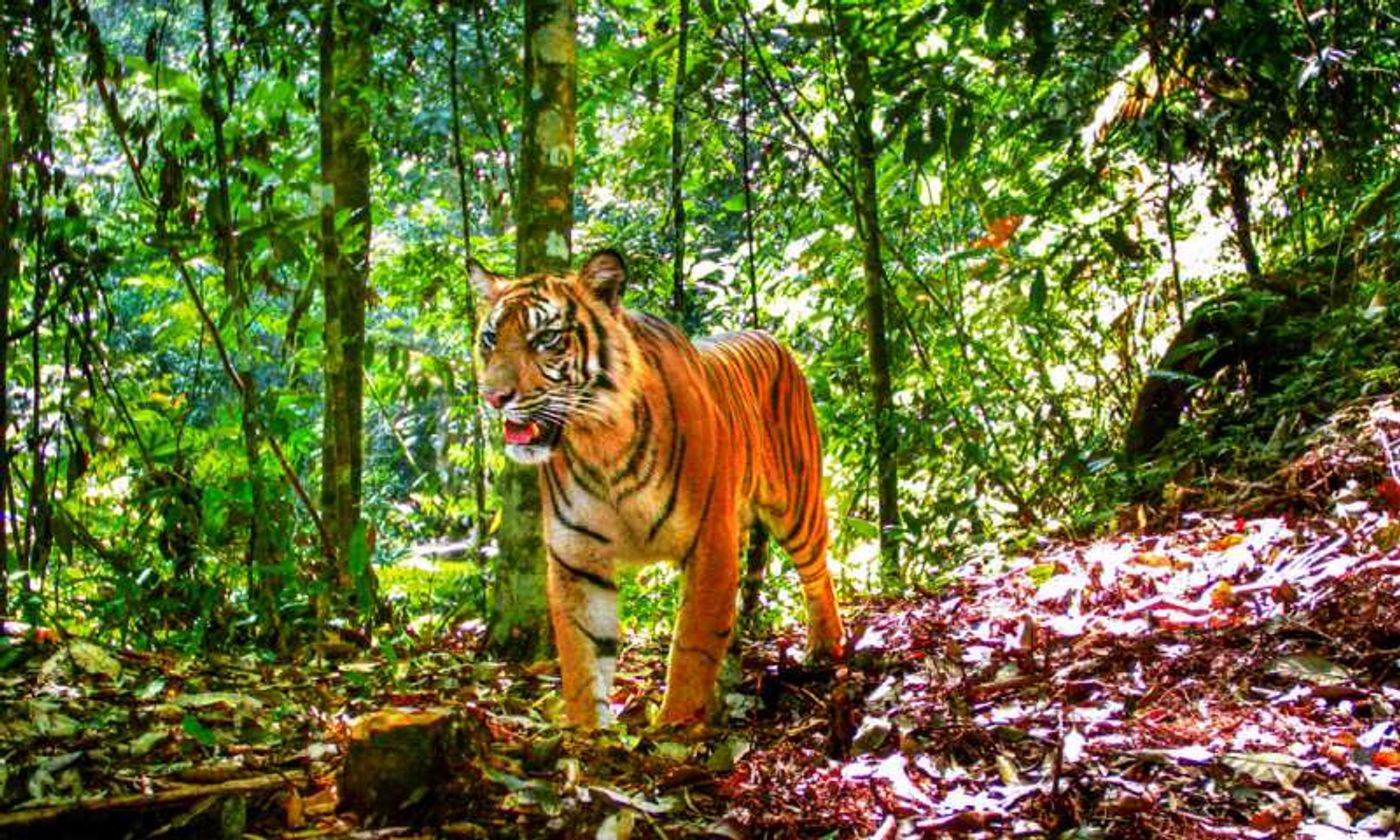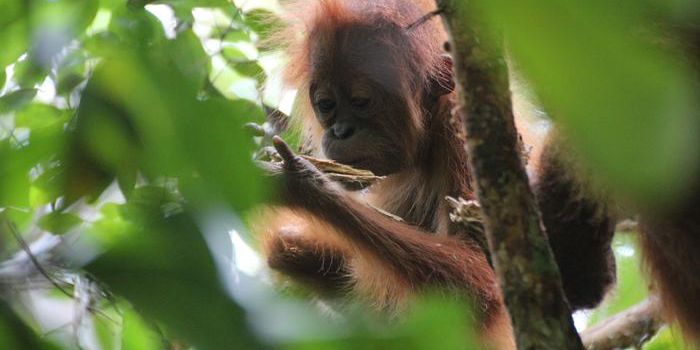Sumatran Tigers Impacted by Deforestation and Fragmentation
Deforestation around the globe has an adverse impact on the wildlife that depends on forests and jungles to survive. One of the creatures hit hard by the effects of deforestation is the Sumatran Tiger, which experts struggle to conserve to this day.
Image Credit: Matthew Luskin via UC Berkley
The International Union for the Conservation of Nature (IUCN) lists the Sumatran Tiger as a critically-endangered species, merely one step above being extinct in the wild. While conservation efforts appear to be working, there are some grave concerns about the tiger’s future.
Researchers based out of the University of California, Berkley have published their concerns in the journal Nature Communications this week, highlighting contemporary issues regarding population densities.
Just like a whole host of other critically-endangered animal species, Sumatran Tigers reside in fragmented populations scattered throughout the wilderness. While some Sumatran Tiger populations are seeing density increases, we can't say the same about all of them.
Related: Giant pandas threatened by deforestation and fragmentation throughout Asia
The researchers spent more than a year tracking and studying the animals with camera traps and other means, but it wasn’t without its challenges. Sumatran Tigers are stealthy predators that evade getting noticed for a living; that said, they’re pros at dodging attention.
"Our results are a mixed bag," explained study lead author Matthew Luskin from the University of California, Berkeley. "The loss of key habitat is causing significant conservation challenges for Sumatra—and in particular for this critically endangered species."
From their data, they learned that the Sumatran Tiger’s habitat range spans more than 150 square kilometers and how population densities are up to 47% higher in pristine forest ranges than in those that have been mowed down by loggers.
“The erosion of large wilderness areas pushes Sumatran tigers one step closer to extinction,” Luskin continued. “We hope this serves as a wakeup call.”
Related: Critically-endangered Sumatran Tiger passes away at 'Death Zoo'
Deforestation creates a rift between breeding populations, fragmenting them into even smaller groups. Consequently, mating and reproduction efforts become more difficult for the species, which is a significant concern given just how few Sumatran Tigers remain in the wild today.
Given everything we know today, the crystal-clear circumstances put deforestation directly in the crosshairs of the smoking gun. Unfortunately, re-forestation isn’t likely to take place anytime soon; all we can do to protect Sumatran Tigers is preserve the remaining habitats.
“Safeguarding the remaining expanses of primary forests is now absolutely critical to ensuring tigers can persist indefinitely on Sumatra,” noted study co-author Mathias Tobler of San Diego Zoo Global. “If we are going to save Sumatran tigers in the wild, the time to act is now.”
Animal conservation is always tricky, but several motivated teams share a common goal and continue to work on the problem as we speak. Successful animal conservation starts with accurate data, and that's why studies like these remain imperative for the cause.









